In this first report we analysed a range of trends in local cyber security data since we launched in April 2017.
Individuals and organisations reported 364 cyber security incidents to CERT NZ. Many of these incidents were phishing attacks – 96 incidents or 34% of the total.
Several New Zealanders have suffered financial losses due to cyber security incidents. These total more than $700,000 in the last three months alone, according to the reports we have received.
We received a spike of ransomware attacks in mid-May due to Wannacry, the international ransomware attack. WannaCry only accounted for six of these reports in New Zealand.
Quarterly report April - June 2017 [PDF, 2.3 MB]
Summary report April - June 2017 [PDF, 288 KB]
If you or your organisation experiences a cyber security threat, make a confidential report to CERT NZ.
Summary report
1. Results
Incidents reported to CERT NZ
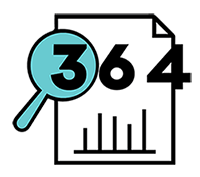
These results reflect data collected in the period 11 April - 30 June 2017.
364 incident reports for the 11 April - 30 June 2017 period.
![]()
Incident reports by type

33.6% of all reported incidents were about phishing. These results are broadly reflective of what is being seen.
Reporting spike in May


2. Impacts
Cyber security incidents are inflicting significant losses on New Zealanders.
Losses caused by cybercrime
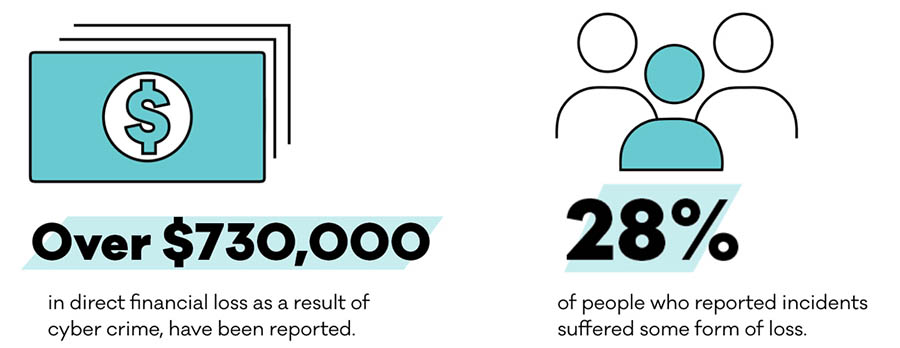
Case study: phishing
Recently we received an incident report about a phishing campaign that claimed to be from a well-known New Zealand company. The phishing emails were sent from a .nz email address, and had links in them directing victims to fake websites that tricked users into providing financial details. The sites were very convincing and well made, making it difficult to tell they were fakes at a glance.
We identified the ISP that the email address used, and working with them we blocked the email address from sending any further phishing emails.
We also contacted some of our international CERT partners in countries that the fake websites were hosted in, to ask them to take action and block the fake websites.
With both of these measures, the phishing campaign was effectively stopped. New Zealanders were no longer getting the emails, and those that did couldn’t fall victim to the fake website as it had been taken down.
Thanks to the connections established with the international CERT community, we were able to rapidly assist the take down of the phishing campaign and contain the incident.
3. Focus on ransomware
Ransomware attacks are causing losses to New Zealanders. Here's a quick guide to ransomware.
What is ransomware?
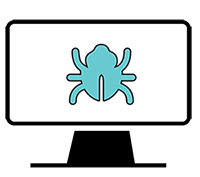
Ransomware is a type of malicious software (or malware) that tricks users into installing it on their systems. It then encrypts their system files and demands a ransom payment to decrypt them.
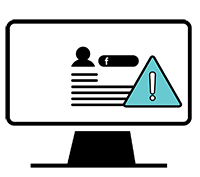
Be careful when visiting unsafe or suspicious websites. opening emails or files from someone you don't know, clicking on malicious links in social media.
Ransomware reported in NZ
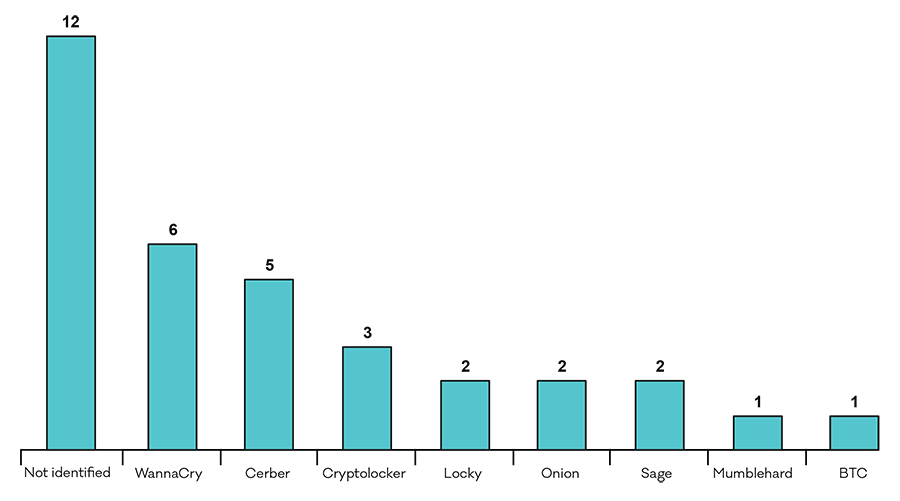
 |
Two variants received major global attention: WannaCry and NotPetya. |  |
Only WannaCry affected New Zealanders alongside several other ransomware variants. |
Protect yourself against ransomware
 |
Always update your operating system and your apps when new versions are available. You can set this up with Windows and a lot of other applications like Office. |  |
Make sure you back up your files regularly. This includes the files on your computers, phones and any other devices you have. |
WannaCry
WannaCry was a newly discovered ransomware variant, which made headlines globally in May 2017 after it compromised a number of networks around the world. The ransomware blocked access to computers and demanded approximately $430 (NZD) to unlock it. Even if the victim paid the ransom, it was highly unlikely they would recover their files.
The ransomware spread rapidly via a vulnerability in computers running unmatched versions of Windows by exploiting flaws in Microsoft Windows SMB Server. Once a single computer in a network was infected with WannaCry, the ransomware looked for other vulnerable computers on the network and infected them too.
CERT NZ published an advisory in response to the event which contained preventative measures and mitigations to protect networks. In the days following the attack, CERT NZ received 6 incident reports of WannaCry infections from small businesses.